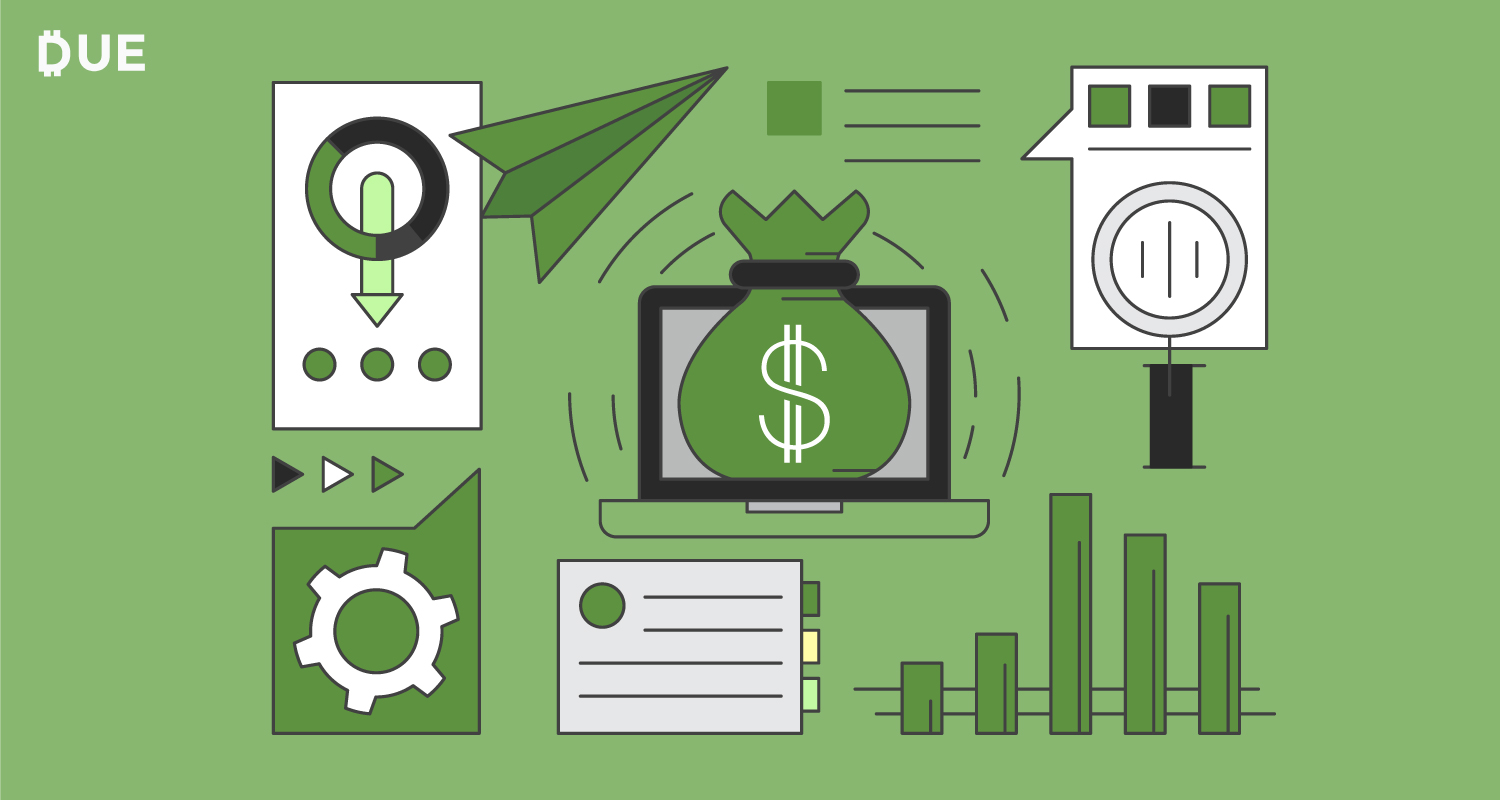As a business owner or freelancer, you’re probably aware of the fact that getting paid isn’t a straightforward profit. In fact, if you want to get paid fast and accept credit cards and many online payments, fees will cut into your earnings.
The good news, though, is that saving money on payment fees doesn’t need to be difficult. Here are some ways to reduce what you pay in processing fees:
Table of Contents
ToggleUnderstand the Fee Structure
First of all, it’s important to understand the fee structure. What types of fees are charged? Many online payment processors (like Due payments) charge a flat percentage. However, you might also be charged a transaction fee on top of that. You could also end up paying a monthly fee for the service, in exchange for some lower rates on transaction fees. Finally, some payment processors also add interchange fees.
Don’t forget that some payment and invoicing companies limit you to a certain number of clients each month unless you pay a monthly or yearly fee. If you want to invoice an unlimited number of clients, you could find yourself paying even more.
It’s important to carefully consider the fee structure before you move forward. It might seem like a good deal if someone offers a low percentage, but what if that original quote didn’t include additional fees? You could be in for a big surprise after reading the fine print.
Compare Based on Total Cost
Saving money on payment fees is all about comparison shopping. Once you understand the fee structure, apply it to your average transactions. For a long time, I used one invoice company because I could pay an annual fee and then access a flat transaction fee of $0.50 if my clients paid via e-check through PayPal.
It worked well and saved me a lot. However, the feature was discontinued and I had to pay regular PayPal fees on top of the annual fee I was paying. That included the flat percentage, plus transaction amounts for credit cards.
In the end, I decided to switch to Due, where there’s a flat fee and no per-transaction charge. Plus, I get to bill unlimited clients without paying a monthly or annual fee. It worked out, in the end, to help me save money when the terms at my other invoicing service ended.
You can do something similar. Look at all the costs you might incur over the year and add them up. You might have to estimate a bit based on the average size of each transaction and the number of transactions you have each month, but it should be possible for you to figure it out.
Set Up Direct Pay
One of the easiest ways to begin saving money on payment fees is to have your clients pay you directly. If they are willing to send you money via direct deposit, you can skip the fees. Additionally, apps like Venmo make it easy to collect money fee-free on your end. If the client decides to use a credit card with these arrangements, they pay the fees. However, not every client is willing to do this, so you might need to use a payment processor anyway.
Make the Switch
Once you’re ready to start saving money on payment fees, it’s time to make the switch. This can take a bit of time since you probably need to verify your bank account with your new payment processor. Once that’s done, though, things become fairly simple. You can’t avoid all fees altogether, but with a little research, it’s possible to reduce them as much as you can.














